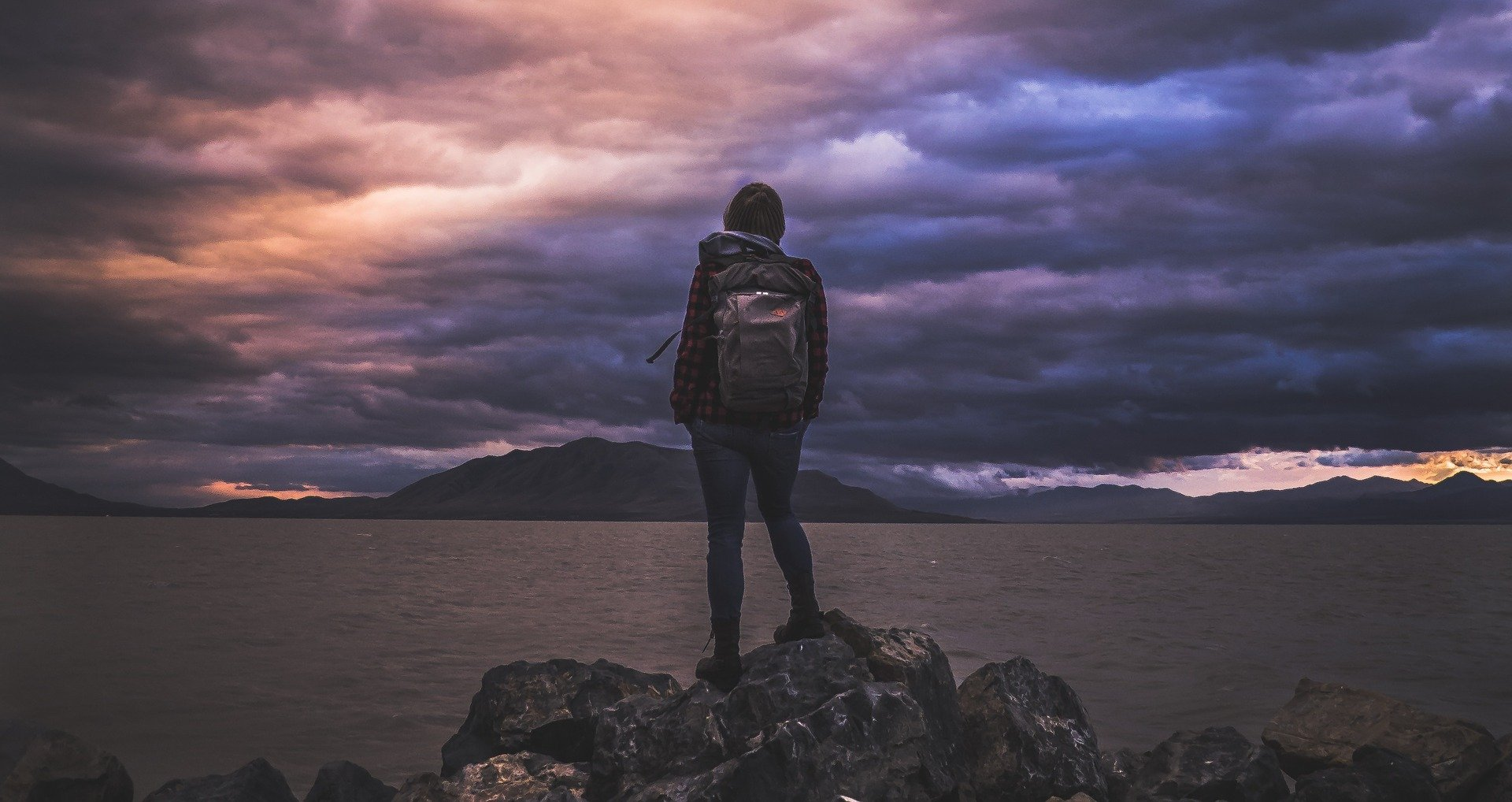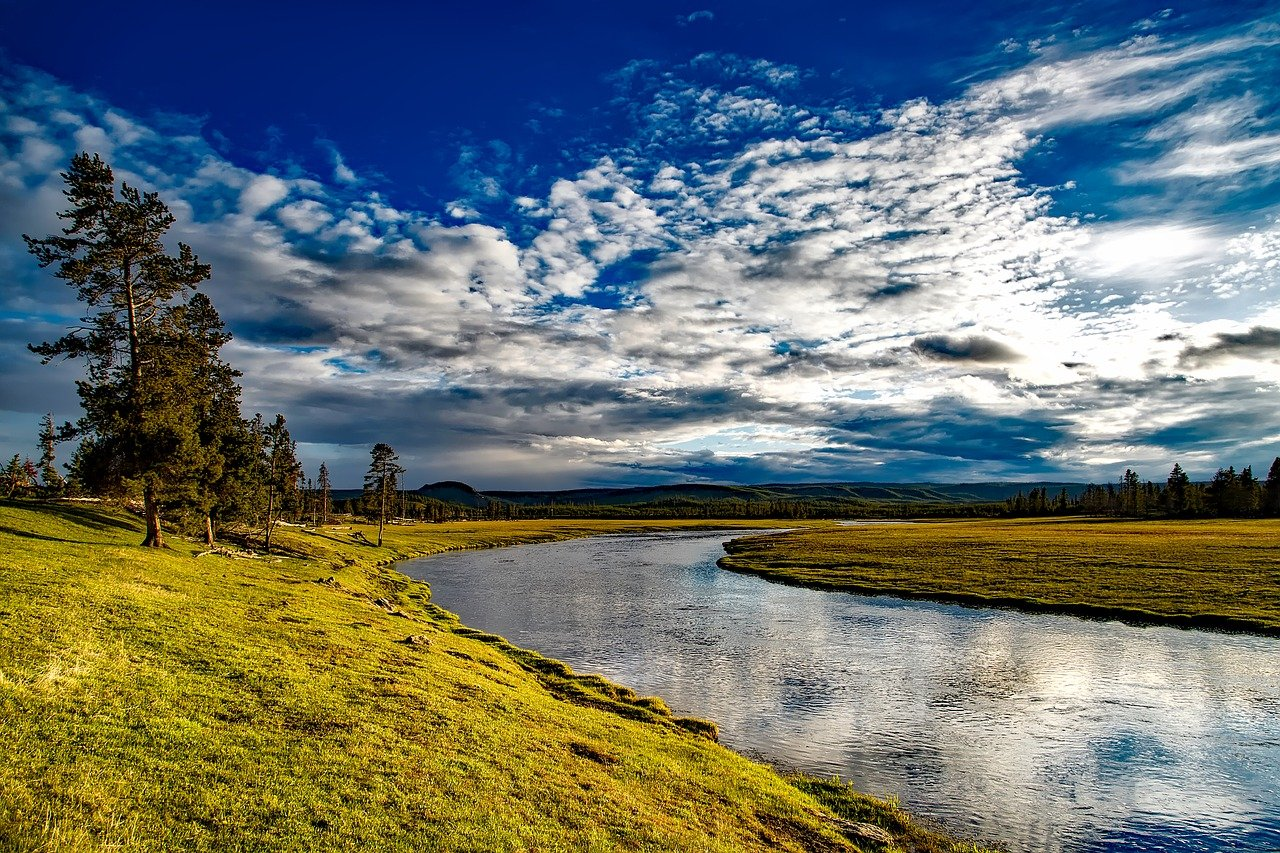The Dirt | Being Inclusive: Ways to Promote Diversity in Nature

What exactly does it mean to be “inclusive?” Inclusion, defined by Oxford Languages as the action or state of including or of being included within a group or structure, is an action that needs to be taken to heart, in the workplace, in academia, and yes, even in Nature.
It is no secret that many people who are minorities, LGBTQ+ (Lesbian, Gay, Bisexual, Trans, Questioning and Queer), and who have disabilities may not feel welcomed in the outdoors. Over the years, many local, state, and national parks have been working towards creating a more diverse and welcoming environment so that all people can enjoy what nature has to offer. However, before one can begin working on being more inclusive, all organizations must take into account the important history, concerns, and opportunities for inclusion, and make sure these are all incorporated into their Diversity, Equity, and Inclusion Plans.
In this post, I provide a summary of three ways on how to make the outdoors more inclusive for all. Though there are many more, I believe that these are the three that are essential from the start. I also end this post with ways to help and ultimately become an advocate towards being inclusive in nature. It is going to take more than one person for us to see change; therefore, make a step towards becoming a part of that change!

Be Informative: Teach the History of Land
Once the National Parks System was launched, one of the main goals of the parks founders was to be sure that these monumental spaces were preserved in order to allow for future generations to experience their beauty. What people may not think about is that most of the land where these National Parks are located was stolen from Native Americans.
Historical moments such as the War of 1812 and the Trail of Tears resulted in the loss of land for many indigenous tribes. This loss was devastating, for the land held a cultural significance; these were the homes of spiritual burial grounds and even sacred sites for religious ceremonies.
African Americans weren’t welcome by national parks during the Jim Crow era; many parks had segregated places. The outdoors also brought up devastating memories of racial violence and murder.
The Firehole River at Yellowstone National Park. image from pixabay
Over time, advocates began to speak up and explain that stories such as these needed to be shared with the public. Organizations began to promote and honor these historic moments by incorporating Storytelling-Driven Memorials. These became wonderful ways to connect the public with these movements, especially when these movements make up the origin of how a specific local, state, or national park was formed. Under the Antiquities Act of 1906, President Barack Obama along with former Secretary of Interior Ken Salazar, created memorials to also honor people of color, important women, and the LGBTQ+ Community. Taking it one step further, larger companies sought to hire professional historians and storytellers who could inform and educate visitors about the history of indigenous peoples and their roles in preserving the lands where these parks sit. The American Latino Heritage Fund offers some great examples of storytelling-driven memorials.
Making Spaces Welcome for All
Although organizations are working more now towards inclusion, there also needs to be more work put towards inclusion in nature. Many might think that Nature is already secure and safe for all individuals, when in fact, many BIPOC’s (Black, Indigenous, People of Color) still experience uneasiness or unwelcome in these public spaces.
A 2012 study found that Asian Americans, African Americans, and Hispanics often felt uncomfortable when visiting parks. Inversely, white visitors reported discomfort when around non-white visitors. Some Latino visitors reported that they felt uncomfortable being watched by park rangers, and also felt uneasy by the gray-colored park uniforms they wore and the firearms that they carried. Women also tell stories of times when they felt unsafe, which has resulted in some being followed and even killed.
There has been a call for updating park ranger uniforms so that they may look less intimidating. Places also need to be mindful of rules that they present. For example, in the State of California, many outdoor spaces prohibit dogs on nature trails or beaches. This may be extremely uncomfortable for people who depend on their dogs for safety, especially women who are concerned for their safety when going into the woods to hike on their own.

PC: Murry Burgess
Create Policies and Promote Positions for Diversity
About six years ago, the National Park Service (NPS) launched its Office of Relevancy, Diversity, and Inclusion with a goal to broaden its employment roster. To this day, the NPS workforce is 83 percent white.
Lauren D. Pharr, along with her colleagues Murry Burgess and Deja Perkins, posing for a photo after holding a Bird Walk with individuals of the Youth Conservation Corps in Raleigh North Carolina.
PC: Murry Burgess
It is important to have diversity in the workplace; not only is it beneficial for the organization, but it also has a strong impact on younger members of minority groups. To see that there is someone in the BIPOC community who looks like them doing important conservation and advocacy work is inspirational and lets them know that they can do this type of work too.
Once groups and individuals unite and consolidate their interests, the push for diversity will be stronger. Camber outdoors has spent two decades fighting for women’s equality. Recently, they have expanded their mission and included all racial and ethnic groups, the LGBTQ+ community, and people with disabilities. Partnering with 80 other companies, they are working towards incorporating equal and fair work environments for all.
Another barrier that is making it a challenge to diversify is not offering paid internships and fellowships. These opportunities are important for individuals who want to gain experience; these are also the necessary gateways towards obtaining a career in the outdoor industry, as well as many other fields. Becoming an advocate for paid opportunities will help increase the pool of applicants who apply for these positions, especially if these individuals come from unrepresented or disadvantaged backgrounds.
How You can become an Advocate for Diversity Outdoors
There are many ways that you yourself can become an advocate for diversity in Nature. Here are three quick suggestions to get you started! Organizations can incorporate and promote these tips into their programs and curriculums as well:
- Join a Local Hiking Group like the Marys Peak Group of the Sierra Club and invite your BIPOC friends to join you on outings.
- Voice any concerns to your government representatives, regional, state, and federal park officials, and local environmental conservation organizations. Find your representatives here: https://myreps.datamade.us/
- Support Nonprofit Organizations. Volunteer or donate to help local groups with their DEIJ change journeys. For example, The Confluence collaborative and its member organizations are working to advance diversity, equity, inclusion, and justice principles. The organizations are Benton SWCD, Corvallis Environmental Center, Cascade Pacific Resource Conservation & Development, Greenbelt Land Trust, Institute for Applied Ecology, and Marys River Watershed Council. Find out how you can contribute to their efforts!
Additional Resources
- Five Ways to Make the Outdoors More Inclusive – Read the piece that this article was inspired by for additional ways to increase diversity outdoors:
- Follow these Outdoor Groups who are working to promote Diversity Outdoors:

